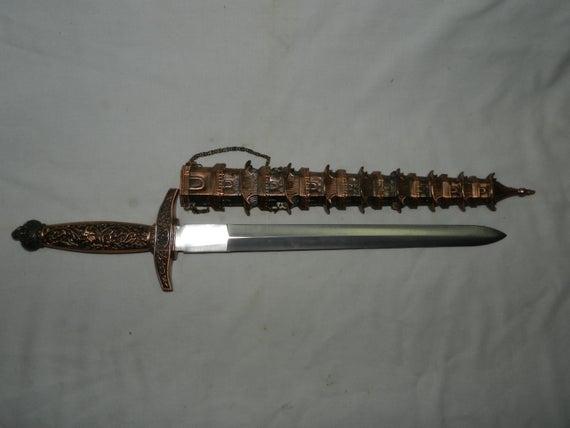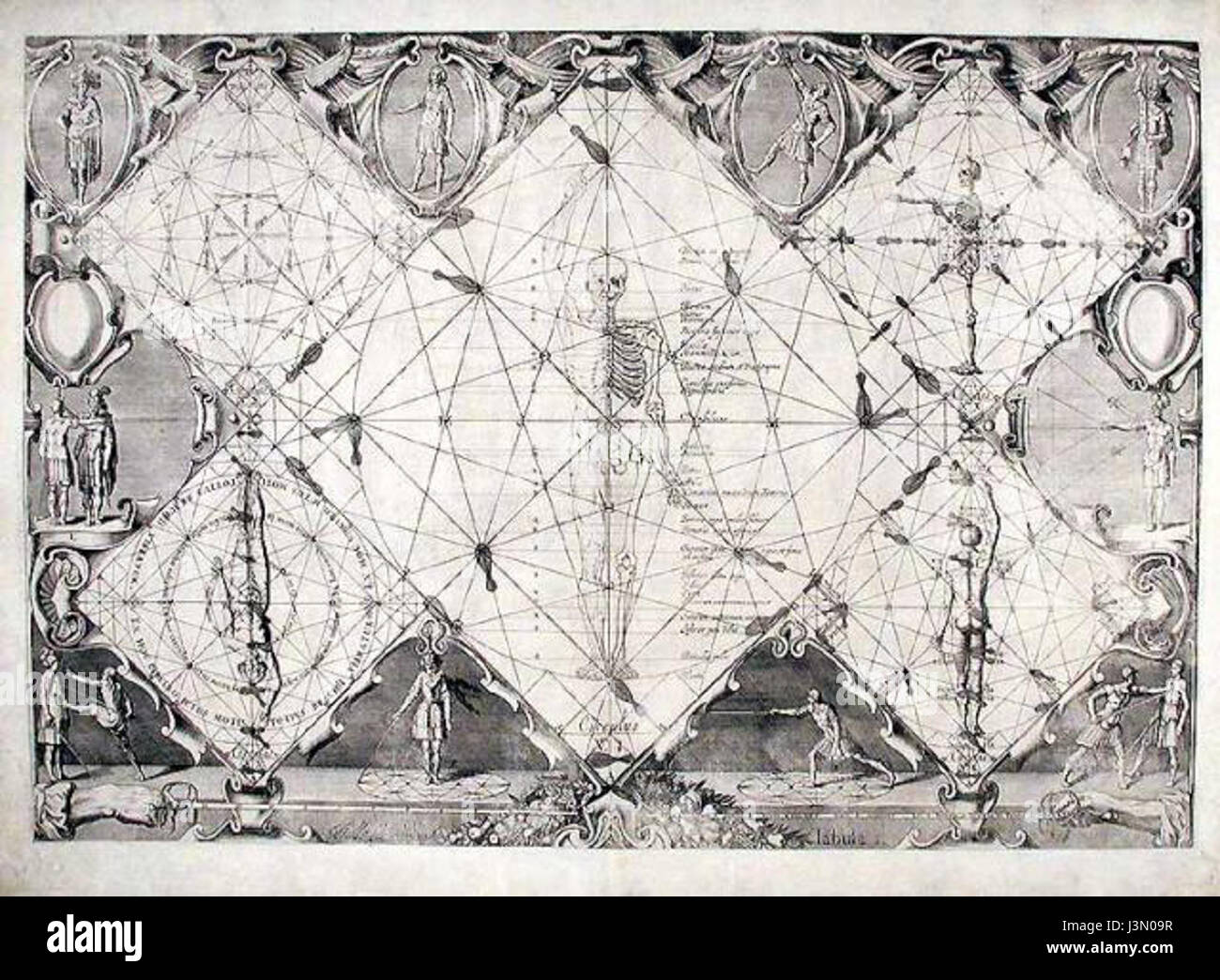Bullsherdog
Orange Belt
- Joined
- Jan 3, 2017
- Messages
- 69
- Reaction score
- 7
I just finished reading Marc MacYoung's Writing Violence ebooks from Amazon Kindle and in his knife volume he points out most knives lack the necessary elements to puncture a rib directly or pierce most areas of the skull. Instead what you'd want to do when attacking the rib cage is to turn your knife sideways so it can slip through the bones and hit organs directly. In the case of the skull, hit his eye socket or some specific weak areas of the human head or stab from the throat if you're aiming to hit the brain fora quick kill. However he does mention an exception to the rule would me historical knives such as the dirk and military combat knives which usually have the design to stab through the bones of the ribs or through the hard parts of the skull. He also states some types of knives used in butchering meat pierces and slaughtering live animals as well as specific hunting knives can also penetrate these bony parts with a direct stab. He mentions these kinds of knives can with proper technique penetrate almost any proper bones and skeletal structure without difficulty.
Why is this? What makes hard parts like your shoulder collar get penetrated by specific types of knives like the bowie knife? How come achieving the same results with say a dining knife be almost damned impossible?
Why is this? What makes hard parts like your shoulder collar get penetrated by specific types of knives like the bowie knife? How come achieving the same results with say a dining knife be almost damned impossible?




